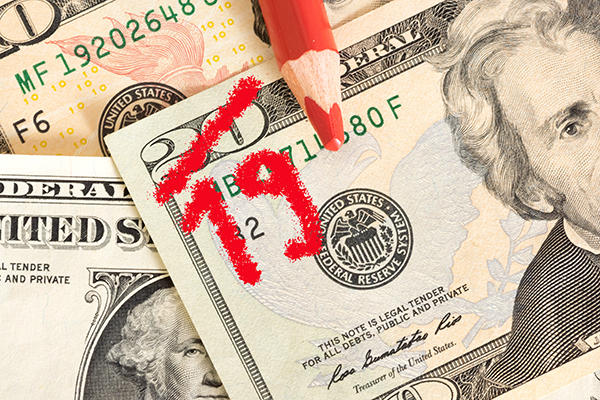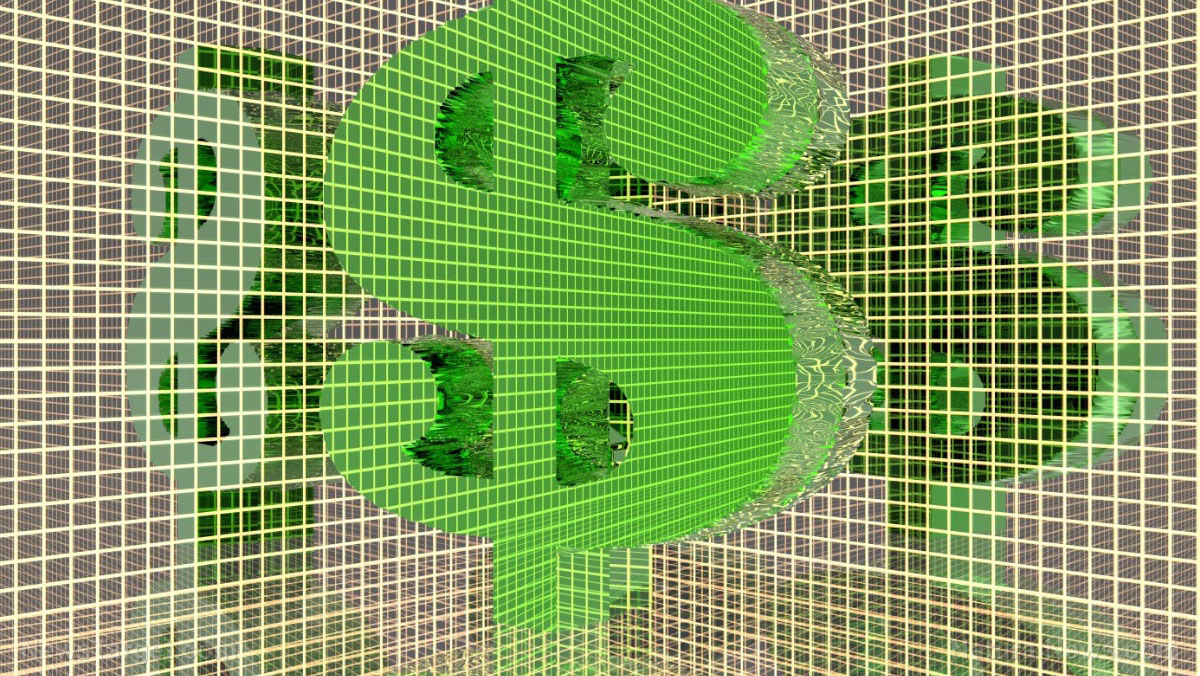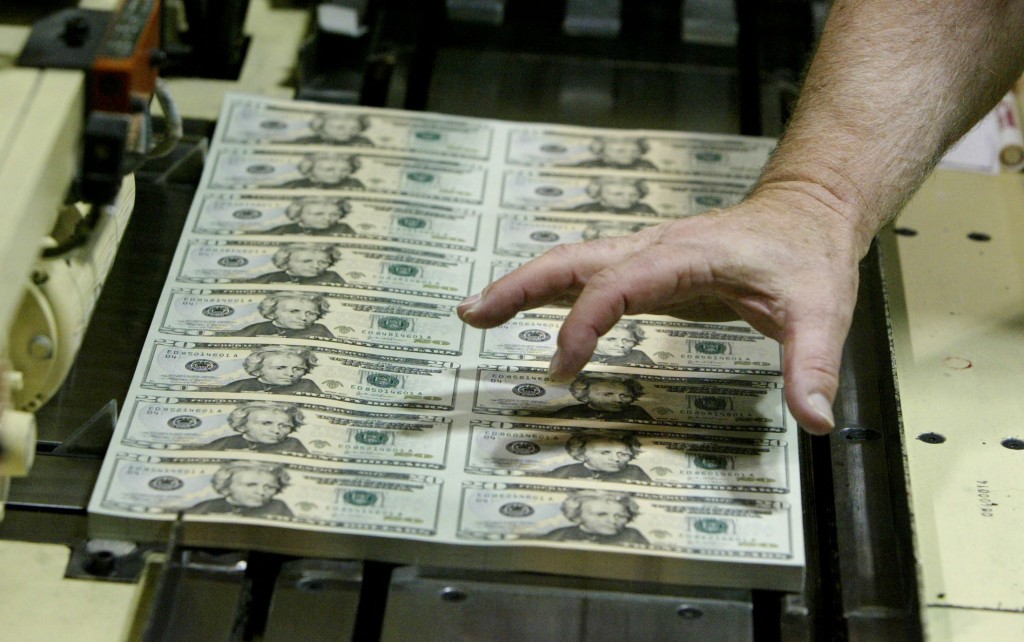Aussie central bank goes BUST, declaring wiped-out reserves and bond losses
09/29/2022 / By Belle Carter

The Reserve Bank of Australia (RBA) went bust, reporting wiped-out reserves and huge bond losses.
The Land Down Under’s central bank revealed its wiped-out equity, thanks to bond purchases driven by the Wuhan coronavirus (COVID-19) pandemic. These purchases sought to support economic activity during the lockdown periods.
During a Sept. 21 speech in Sydney, RBA Deputy Governor Michelle Bullock revealed that the central bank’s moves caused an accounting loss of 36.7 billion Australian dollars ($23.49 billion). This RBA with negative equity amounting to A$12.94 billion ($7.94 billion) and rendered it unable to pay government dividends for some time.
Still, Bullock assured that the central bank can continue to meet its obligations as they become due since RBA can print money. “The negative equity position will, therefore, not affect the ability of the Reserve Bank to do its job,” she said.
Alex McMillan of Real Money said that RBA can, of course, work its way out of a situation that would bankrupt a conventional bank. But still, it’s an interesting insight into the challenges other central bankers face as they attempt to reconcile COVID stimulus with post-COVID inflation and economic emergence, he said.
“The RBA began its bond-purchase program in November 2020 as a second stimulus package in response to the pandemic. The first round of measures saw it slash rates to record lows, and set up a term funding facility offering cheap three-year funding to banks. For the bond buying, the central bank bought Australian government bonds and semi-government securities in the secondary market to lower interest rates on bonds maturing between five and 10 years out,” McMillan explained.
As the program was extended several times, the RBA bought A$281 billion ($179.87 billion) national, state and territory government bonds. Now, the bill has come due.
According to him, the central bank needs to mark the value of its holdings to market, resulting in a loss of A$44.9 billion ($28.74 billion) in valuation. Offset by A$8.2 billion ($5.25 billion) in underlying earnings from the RBA’s holdings, it is posting a net loss of A$36.7 billion ($23.49 billion), which caused the negative equity.
Analysts are saying that licensing to print money to get out of that kind of problem is never going to be good news for the Australian currency. The Australian dollar has lost 13.6 percent of its value against the U.S. dollar since early April. Eighteen months ago, the decline in what some Aussies jokingly call the “Pacific peso” is 19.5 percent.
Bullock: Central banks need to spend so much to keep their countries afloat
The RBA believes that other central banks would be in a similar position but use different accounting methods. Bullock cited the Bank of England and the Reserve Bank of New Zealand which both have an indemnity from the government for any losses. RBA stresses it is not asking the same from the Australian government.
“However, the RBA typically contributes its profits to the government coffers as a dividend. The government likely should expect a hole in its budget where that dividend contribution used to be, for “the next few years,” Bullock says. The last bonds mature in 2033.
Meanwhile, the Swiss National Bank reported a whooping first-half loss of 95.2 billion Swiss francs ($95.2 billion), which is its largest since the central bank was established in 1907. Like the RBA, the loss is on paper until the bonds mature.
Bullock said the bottom line is that central banks had to spend their way out of the pandemic crisis. In that sense, the RBA’s bond buying “broadly achieved its aims,” she concluded. (Related: Central banks are willing to destroy the global economy if it means saving the stock market.)
Visit MarketCrash.news for more news related to the global economy’s looming collapse.
Watch this video about the secret financial scandal that will rock Australia and the world.
This video is from the Liberty and Finance channel on Brighteon.com.
More related stories:
US government’s new Central Bank Digital Currency is a fast track to digital concentration camps.
“Cash-free” central bank digital currency roll-out coming in December?
Russian central bank to launch a pilot program for digital ruble by 2023.
Sources include:
Submit a correction >>
Tagged Under:
Australia, bond-buying, Bubble, bust, central banks, Collapse, debt bomb, debt collapse, economic crisis, economy, finance, financial collapse, government bonds, government debt, market crash, money supply, Reserve Bank of Australia, risk, stock market
This article may contain statements that reflect the opinion of the author
RECENT NEWS & ARTICLES
COPYRIGHT © 2017 PENSIONS.NEWS
All content posted on this site is protected under Free Speech. Pensions.news is not responsible for content written by contributing authors. The information on this site is provided for educational and entertainment purposes only. It is not intended as a substitute for professional advice of any kind. Pensions.news assumes no responsibility for the use or misuse of this material. All trademarks, registered trademarks and service marks mentioned on this site are the property of their respective owners.




















